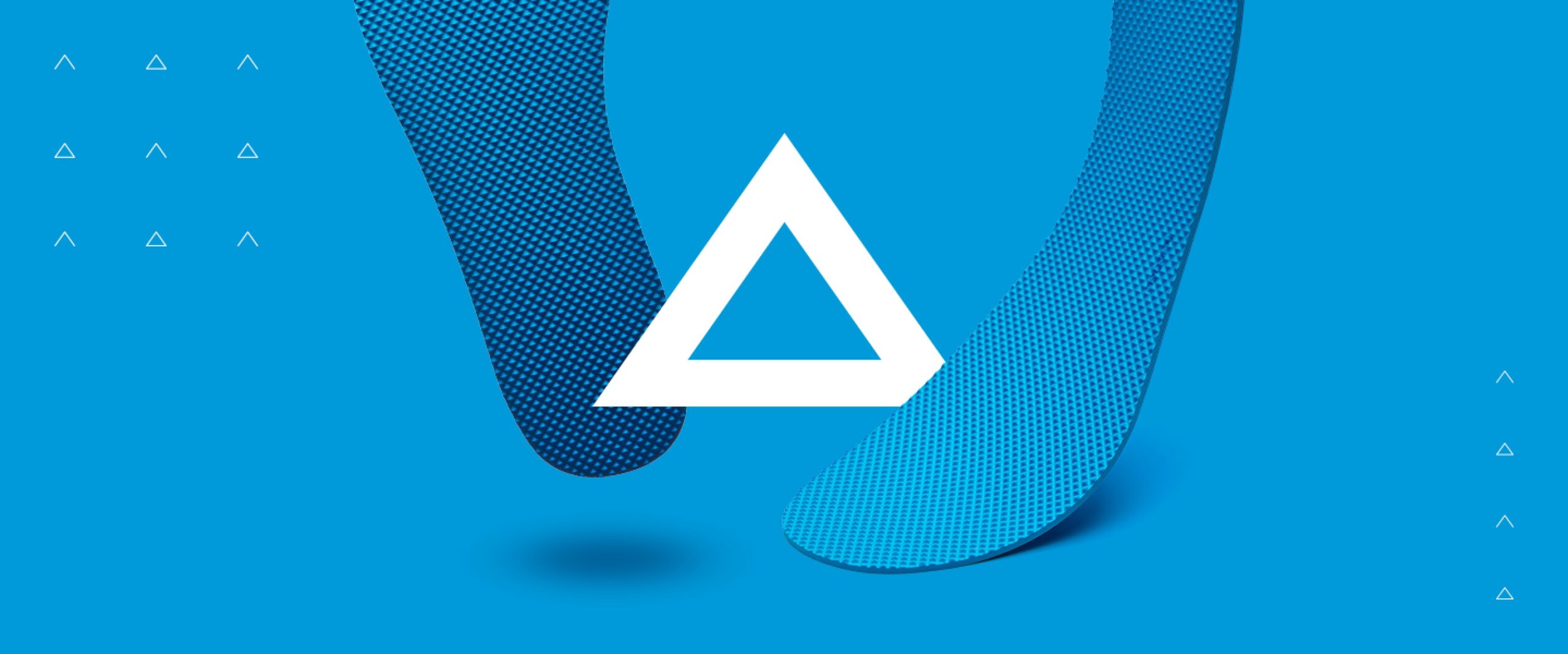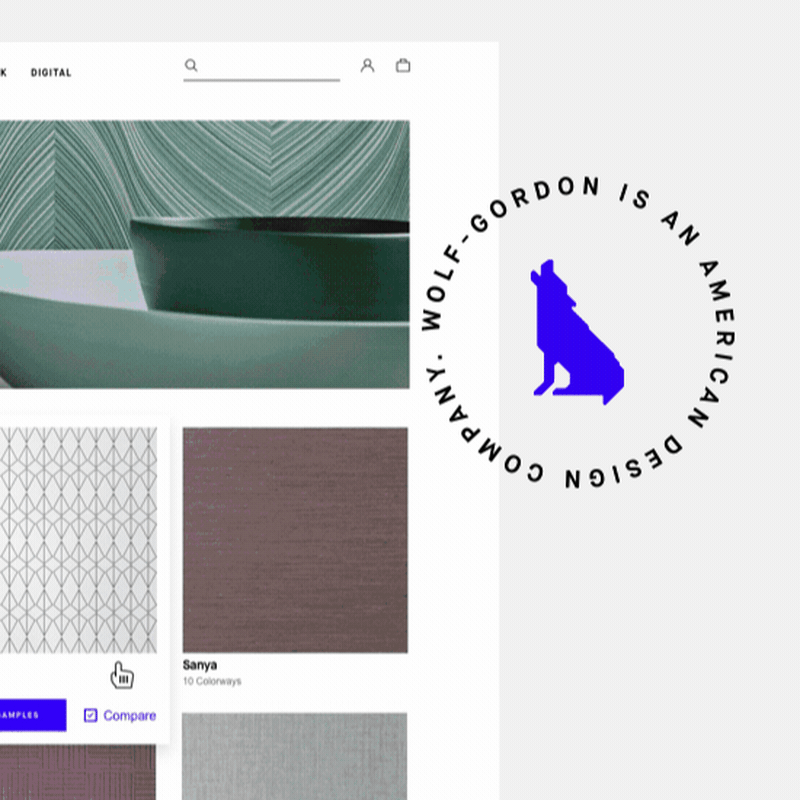Let’s Be Pirates: Why Rebellious Brands & Creative Minds Win

In 1942, Camp Toccoa, GA, companies entirely unlike yours were gathered. These were paratrooper companies of the 506th Parachute Infantry Regiment, made famous by one heroic company in particular — Easy Company of the legendary HBO miniseries Band of Brothers.
But, of the others, one stood out for reasons beyond heroism and brotherhood. They were the 1st Demolition Section, glorified by the classic film The Dirty Dozen. The movie portrayed them as criminals, but in real life they were far more endearing. They were pirates!
Before the movie, they were known as The Filthy Thirteen: an unruly company of soldiers who, much like the pirates of lore, created a brand around purposefully bucking hierarchy and tradition, blatantly breaking rules, and altogether creating havoc while the play-it-safers stood by and questioned their sanity. Yet, despite the rebelliousness, they succeeded in all that they did. They were unstoppable and unbreakable as a unit.
On one brutal day, while paratroopers endured exhaustion to run “three miles up and three miles down” Currahee Mountain, the pirates of the Filthy Thirteen took it easy and relaxed in the shade. They merely watched as their fellow soldiers jogged by.
No one bothered questioning this, because between the two groups stood the barbed-wire fence of the base prison.
You see, the Filthy Thirteen left base without leave the night before to go drinking and carousing, and when they drunkenly arrived early in the morning, they were immediately locked up as punishment.
But how was this punishment? They were able to take time to sober up, eat breakfast, drink water, and take naps while others suffered in the Southern heat.
It was all part of their plan.
Where some saw them as disruptive and therefore not succeeding in this military life, they saw opportunity in their actions, despite expectations. Where others saw failure or social abnormalities, they saw success. At this moment, to these men, to be in prison was not necessarily a bad thing, because what’s the worst that could happen?
They wanted to go out to have fun, and they didn’t want to train that morning. They got both, but to do it, their leader Jake McNiece asked one simple question most of us are too scared to ask, let alone answer, “What are we willing to sacrifice to get what we want?”
To them, that sacrifice was respect and reputation — two things they’d earn elsewhere. So, for that day, they’d win out over the entire U.S. Army because they dared to think about things differently.
Current Day: The Bland Era
Whether it’s your work or your life, we’re all either representing a brand or are a brand, and are oftentimes both. As such, we follow a series of branding rules, whether we realize it or not. They’re aspects of being and fitting in, dictated by society, business, and culture, thereby creating understanding and association, or differentiation. It’s what we’re called, how we look, the colors we wear, what we do, and the things we say. It’s how we’re recognized and remembered by the world.
For McNiece and his men, it was the rules of the U.S. military, strictly enforced in everything they would do. They were not individuals, they were “government issued,” and the only personality or individuality they were allowed was determined by the U.S. government. So they broke as many rules as they could to find joy and expression amidst the oppression. "We went AWOL every weekend we wanted to, and we stayed away as long as we wanted to. We stole Jeeps; we stole cranes. We blew up barracks; we blew down trees. And we stole the colonel’s whiskey," McNiece once said.
So, when we all play by the same rules and accept only that which is issued to us, what differentiation and success can be achieved — what enjoyment can be found?!? — especially at work and in business? Following the same rules and norms simply limits the possibility of progress and success. That’s why when the rules are such that you can’t succeed, you must rewrite the rules.
Like McNeice of the Filthy Thirteen, you must ask what you’re willing to sacrifice or change to get what you want — to stand out against the commonplace and find the unarticulated opportunity. For them, it was a good night and a relaxing morning. For you, it’s unprecedented success. So you have to answer that big question in big ways, yet that’s exactly what most brands are unwilling or incapable of doing in today’s world. The result is large corporate uniform machines, barrelling along side by side, but losing ground together day after day as more and more consumers seek authenticity and humanity.
Or, contrary to those bloated beasts, you find the quick, colorful startups and DTC brands; all sharing the same “blanding” techniques of sans-serif types, vibrant colors, and being so completely and scrappily un-corporate and non-conformist all together as one. To them, disruption is a different conformity, and breaking rules is abiding by new ones, not breaking them.
Why does this “new safe” in consumer capitalism exist in such abundance today? Well, because it works, for now. And it works, for now, because it tells consumers that these are the alternative — the rule breakers — as opposed to those big, corporate machines out there you’re tired of.
Unlike the mainstay brands, these blands are small, relatable, and understanding of needs, not just out for profits. They use popular colors and design trends. They care about the world, unlike the others. They outright say, “we’re not like them! We’re better, more informed, more active, more you!” Yet still fail to stand out over time because so many are doing the exact same thing.
And so we continue on in this pattern, two streams running in parallel, with everyone seeking progress and growth, and then wondering why it isn’t happening. They suffer from the “Three Stooges Effect” where all brands try to rush through the same doorway at the same time, only to become comically stuck.
No matter which stream they find themselves in — the old brands and the newer blands — they’re all out there finding themselves stalled and stopped, trapped in boxes of their own making, relying on predetermined and outdated structures, hierarchies, and decision-making, and so they must do the only other thing possible: break out, disrupt, and adapt — all impossible things to do when you’re unwilling to sacrifice anything, whether that be a subset of an audience or even the reputation in the mind of someone who isn’t even a consumer. To create controversy for mere moments on Twitter, regardless of who’s triggered, or dare risk losing even a single possible dollar is simply against the ethos of our corporate brand mentality and rulebook.
As Mark Pollard writes in his brilliant book Strategy Is Your Words, “Just watch how your next meeting discusses what’s normal to the group, how it attempts to reinforce hierarchy, and how it talks over any out-there thinking. Come for the ideas but stay for the mind control.”
And so, once again, they have to rewrite the rules to their advantage and be creative in their rebellion and disruption, not formulaic, routine, or accepting of control over our precious minds. We have to ask the challenging question and then act on it.
Pirates Find The Consumer
Before streaming, it was said that TV is not in business with the audience but the advertisers. The TV networks were merely middle-people standing between the audience and the true consumer: the advertisers. That’s because while the audience consumed the content, they weren’t buying the product, the advertisers were, and then were going on to sell their products to the consumer — a beautiful cycle of creative consumerism.
Currency for those advertisers were numbers — number of eyeballs, ears, wallets, hearts & minds. So the networks played it safe, appeased the advertisers, and avoided losing any audience whatsoever, because it’s not if they were truly happy or entertained, only if the consumer kept consuming. Value was not in TV content, it was in not offending anyone. It wasn’t about being more relatable but instead being less controversial. So they played it safe, appeased and appealed to the masses, and entirely stripped themselves of personality or originality.
Then streaming sailed in and TV was transformed. People became the consumer, and they made it known they weren’t happy with the product, nor with the ads. They didn’t like being a single, bucketed audience set whose opinions, feelings, and interests were overlooked. They liked neither being targeted nor misunderstood. And they, like your consumers, didn’t like being strategically defined as “Everyone with a mouth” as the perfect audience for a snack brand. Or “mom” for every mother, regardless of everything that actually makes her her. Or whatever generic, undefined understanding of the actual consumer drove the media and creative.
The same is happening every day with your brand, but instead of seeing and doing something about your lack of transformation, you’re still holding onto what once was, applying rules that no longer make sense, all while asking why your cord is being cut.
Brands today are in business with the audience, not the third party advertiser, especially in the era of DTC. So, you must understand, put on a show, connect, differentiate, and engage. And then do it all again tomorrow. Let your competition play it safe, and you be the damn pirates.
The history of brands is hung on a timeline of disruption, transformation, and oppositional underdogs — the smaller, nimbler brand overtaking the ones who play it safe, appeal only to the masses, and see sales as the only metric of success. From Nike overtaking Adidas to Netflix disrupting Blockbuster and Amazon shocking Walmart, these big machines feel safe in their numbers and play the waiting game until they realize they’re too fat and slow to make the moves necessary to compete. So, with all that, it’s time to get to work.
Pirates At Work
The ideas of being a creative, rebellious pirate as a brand or business is certainly not new. Real pirates themselves made it an integral part of their business. The romantic rogues of the 18th century did not simply rebel for rebellion’s sake, they rewrote the rules, reinvented society, and changed everything, and they did it all with purpose in the face of rising inequality, economic disruption, and an uncertain future (sound familiar?).
Pirates believed in the nimble underdog — the smaller crew taking power through thinking and acting beyond the rules that held the great naval beasts back from the real opportunities.
They were branding mavericks whose daring flags and word-of-mouth storytelling far preceded their “consumer engagements” on the high seas — so much so that they had to work less hard when they boarded a ship because their “customers” already heard what was coming.
But today, the most popular pirate ethos in the world of business and branding is Apple. “It’s better to be a pirate than join the navy!” Steve Jobs famously said, enlivening the scrappy spirit he brought to Apple in the 80s. With this spirit, he created a sense of purpose, comradery, and independence from the likes of Microsoft. And, like pirates of old, it becomes all about taking from your enemy, whether that’s market share or bounty.
“Being a pirate meant moving fast, unencumbered by bureaucracy and politics,” Apple software engineer Andy Hertzfeld once said. “It meant being audacious and courageous, willing to take considerable risks for greater rewards.”
It meant creating a powerful subculture, especially in relation to the greater competition. The agile underdog mentality and passion found in entrepreneurialism inspires the fast-moving breaking of rules, varied and divergent thinking, and the challenging of the status quo. Like pirates, accepting and acting as if the odds are against you mean seeing things clearly, and not falling on preconceived notions of greatness. So…
Do Something About It
Francesca Gino says it in her book Rebel Talent: Why It Pays to Break the Rules at Work and in Life, “When we challenge ourselves to move beyond what we know and can do well, we rebel against the comfortable cocoon of the status quo, improving ourselves and positioning ourselves to contribute more to our partners, coworkers, and organizations.”
So, we need to challenge ourselves to change our beliefs on branding and business today — and most certainly what it means to follow the rules.
We need to create chaos where there is order, and order where there is chaos.
We need to feel more comfortable misbehaving now and then, asking ourselves what we’re willing to sacrifice to get what we want.
So, to be a pirate is to push boundaries and abandon all that does not serve you in your journey; to be the edgiest, most forward-thinking brand and business, even if that means breaking convention and ruffling a few damn feathers out there in the world.
It means thinking differently than others, escaping the mundane, and embracing the new; never being a creature to the commonplace — all while striking the perfect balance of rebellion and momentum.
It’s to uncover radical change through radical intentions, finding new ways to become unburdened by practicality; to ask the impertinent questions, talk about the ideas nobody has thought of yet, and be ever daring in your ability to not abide by rules.
It’s a challenge to be better — to drive out there, farther, further, faster. To set off without waiting for orders.
This is your charge. You’ve seen the endless bores and bored, and you can now act. So why settle? Why accept? Why bend yourself to routine when you can push out beyond the horizon?
Let’s accept that the way things are will become the way things used to be.
Let’s embrace humor, individualism, and the self, and stand firm in the fact that they can not be struck from the everyday as they do improve everything.
Let’s be pirates.
Wow, you made it through. Congrats. That was a lot. But, if you enjoyed yourself, you can read more of James Dowd’s wild ramblings about brands, creativity, and writing HERE.


